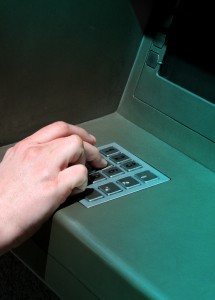 There are many products and people out there claiming to have all the answers to deception detection. However, not all of these are based on actual scientific research or might be based on antique scientific techniques that are outdated and now being proven inaccurate.
There are many products and people out there claiming to have all the answers to deception detection. However, not all of these are based on actual scientific research or might be based on antique scientific techniques that are outdated and now being proven inaccurate.
So how can someone actually tell if a person is lying?
According to the experts such as Dr. Matsumoto and Dr. Mark Frank, there is no one tell tale sign of deception. Average men and woman (without training) are only able spot deception about 50% of the time. Yep that’s right, their odds of detecting deception is no better than chance.
An interesting article in The Morning Post Exchange, depicts Pamela Meyer, a social media expert with an MBA from Harvard and a Masters in Public Policy, stating that we are lied to between 10 to 200 times a day.
In the article, Meyer goes on to delineate the pandemic of deception she believes we are facing today. Throughout the accompanied video she “arms people with tools that can help take back the truth”. Much of what she says is backed by scientific research on nonverbal communication, body language and the seven universal facial expression of emotion.
Scientific American also chimes in on the debate of body language and communication. The article comments on mis-communication due to our advances in technology. With the popularity of texting and emailing (especially since the invention of smartphones, which makes access to the internet readily available) communication has lost some important social aspects necessary for understanding. The succinct article suggests that communication is a two-way street and hand gestures as well as vocal inflection and microexpressions play a significant role in how we are interpreted (i.e. understood) and how we interpret others.
As our technology advances exponentially, we are able to realize the benefits and limitations of the devices we use today to detect deception.
One example is the polygraph machine, which was invented in the early 20th century which is still being used today. The reliability of the polygraph is debatable and it is not admissible in a court of law, but law enforcement agencies use polygraph machines all the time. So what are the benefits and limitations of such a device? We previously blogged about the polygraph conundrum and its pros and cons.
Take a look at the video below from Michael Shermer (which we originally viewed on Eric Goulard’s blog), which poses a potential answer to the question: Can the polygraph machine really scientifically measure if someone is lying?
Click here to view the embedded video.
 Technology, technology, technology, everywhere you turn you are inundated with the advancements of our ever growing world.
Technology, technology, technology, everywhere you turn you are inundated with the advancements of our ever growing world.